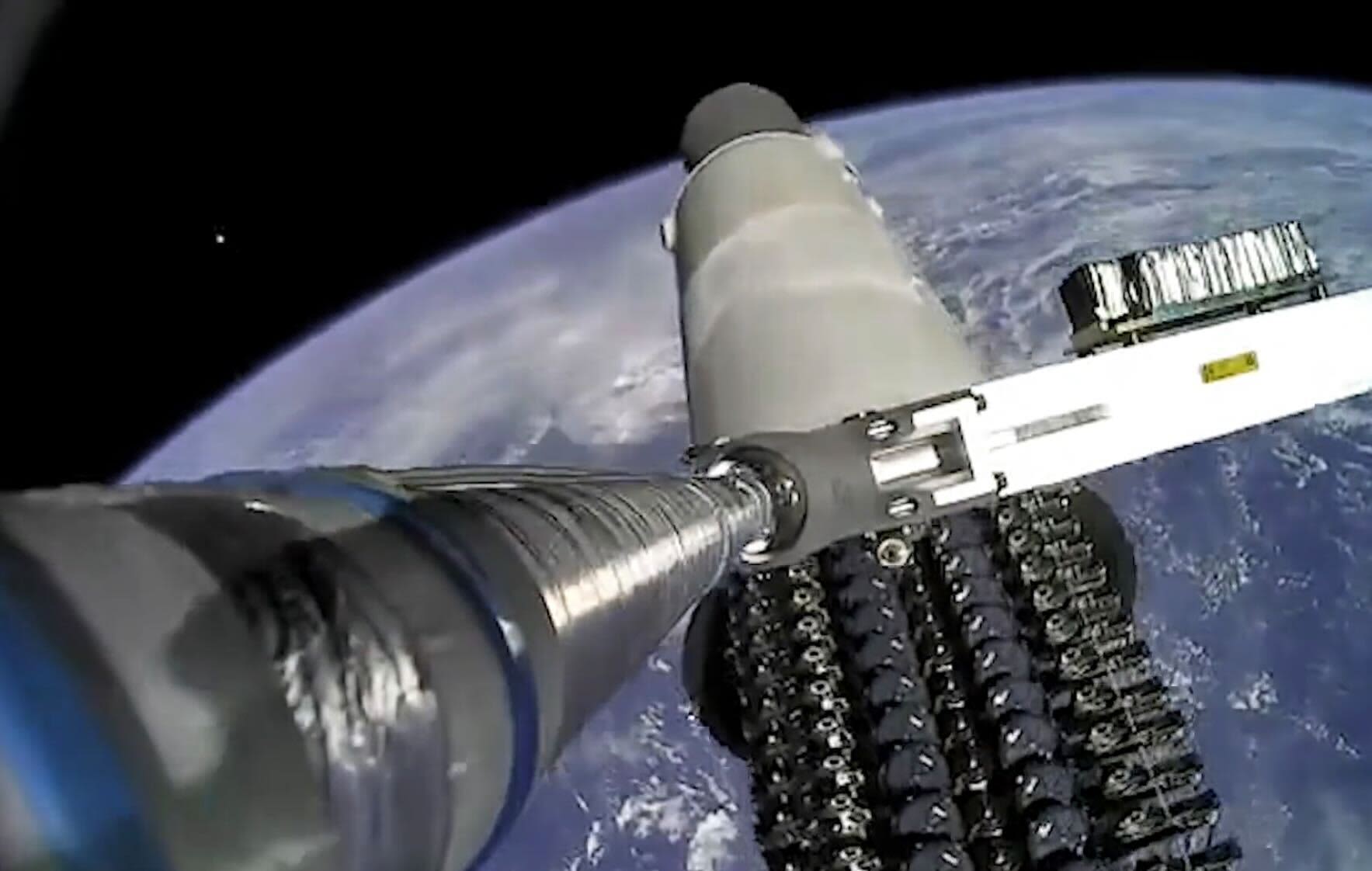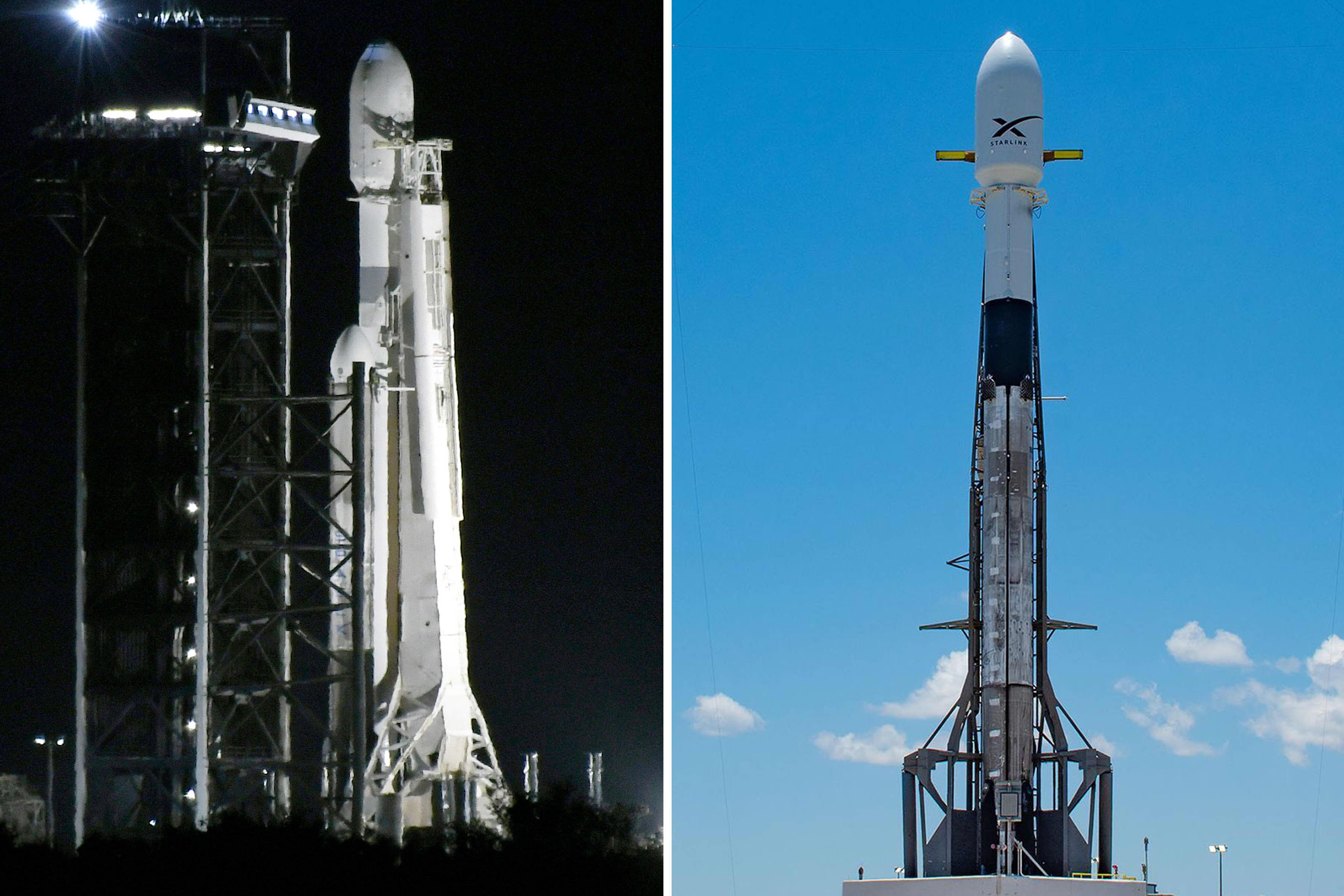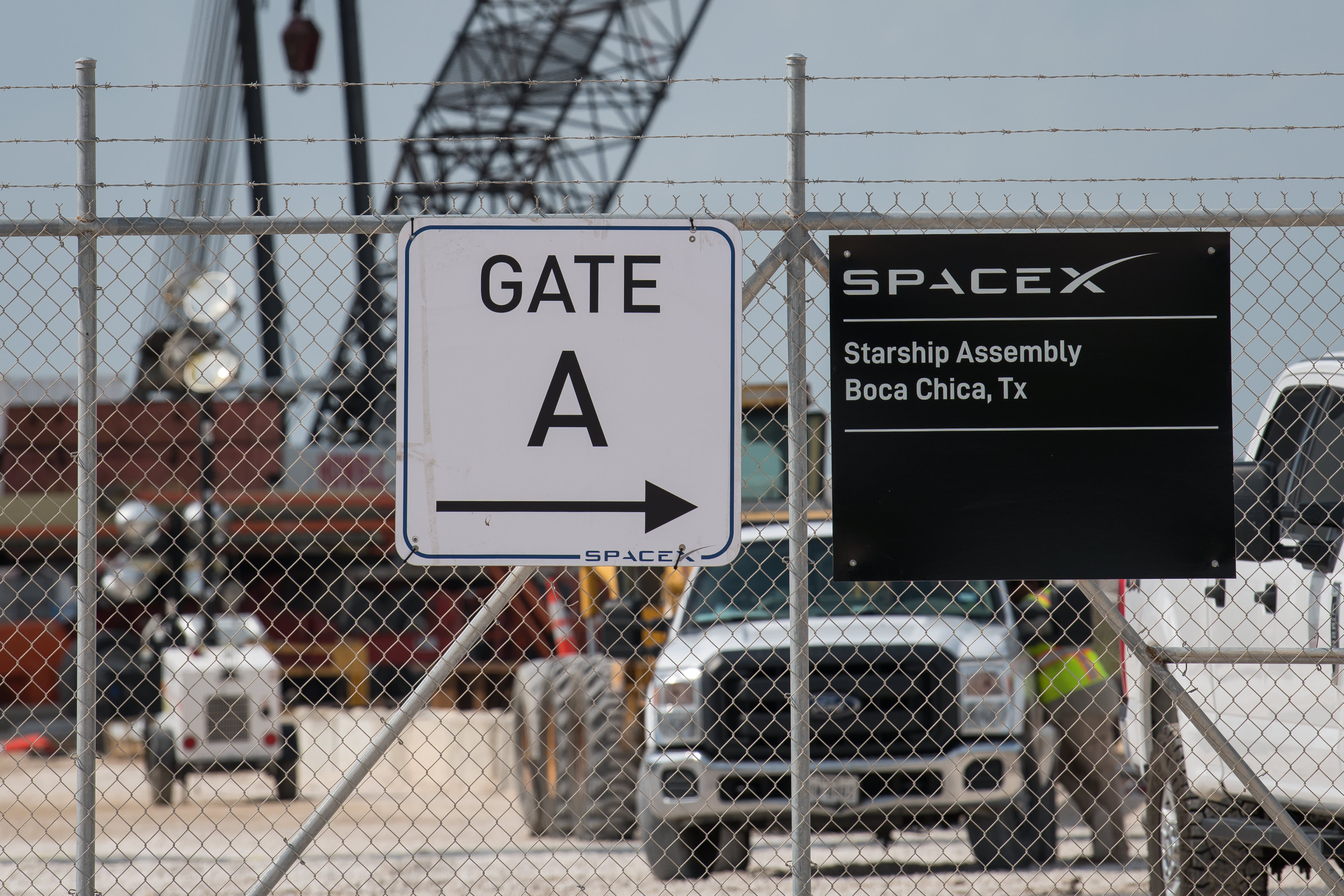While stars may not be visible in the North Texas night sky, there is still plenty to look for after the sun sets. A parade of lights that can be seen crossing the sky belongs to hundreds of small satellites that bring internet access to the world.
This isn't the first time North Texas has seen the satellites, in May of 2021 some local residents believed they saw UFOs flying through the Texas skies.
The satellites belong to SpaceX’s Starlink constellation consisting of 4,519 Starlink satellites, 15 more of which were launched into orbit as of Monday. They are launched about 340 miles up into a low earth orbit and when the light hits just right, they form a train of lights moving across the night sky.
Starlink satellites are sometimes visible in the first few minutes after sundown and before sunrise when the sun is below the horizon, but the satellites are high enough to reflect direct sunlight.
Get top local stories in DFW delivered to you every morning. Sign up for NBC DFW's News Headlines newsletter.
Starlink Satellites
The satellites are expected to have “average visibility” through the weekend with each pass lasting five or six minutes.
- Friday morning, look west to northeast, about 22 degrees off the horizon up to about 69 degrees beginning at 5:50 a.m. CT.
- Friday evening, look northwest to northeast, between 10 degrees to 43 degrees off the horizon starting at 9:56 p.m. CT.
- You have a few chances to see them Saturday morning. At 5:03 a.m. CT look east to northeast about 10 degrees to 68 degrees off the horizon. At 5:09 a.m. CT look north to northeast, about 10 degrees to 37 degrees off the horizon. At 5:27 a.m. look south to the northeast from about 54 degrees to 64 degrees of the horizon.
- Saturday night, look northwest to east, about 10 degrees to 38 degrees off the horizon beginning at 9:19 p.m. CT.
Want to know when you can see Starlink satellites over North Texas, click here.
To date, SpaceX has launched more than 4,500 Starlink satellites into orbit. It's not clear how many satellites SpaceX will launch as part of Starlink, but they have filed paperwork asking for permission to launch up to 42,000 satellites.
Soon after the first few hundred satellites were placed into orbit, astronomers using ground-based telescopes voiced concerns that the highly reflective Starlink satellites may interfere with their observations.
SpaceX began testing various versions of the satellites that reflected less light before settling on the version being installed now, the VisorSat, which comes with a sunshade that reduces the reflection of sunlight.
So, depending on which Starlink satellites are overhead -- you may or may not see them on any given night. But, when you do, you'll see an unmistakable train of bright, white lights moving across the sky at a pretty good pace. You'll notice them appear dimmer as they come and go, as the direct sunlight hitting the satellite changes as it moves across the sky.






